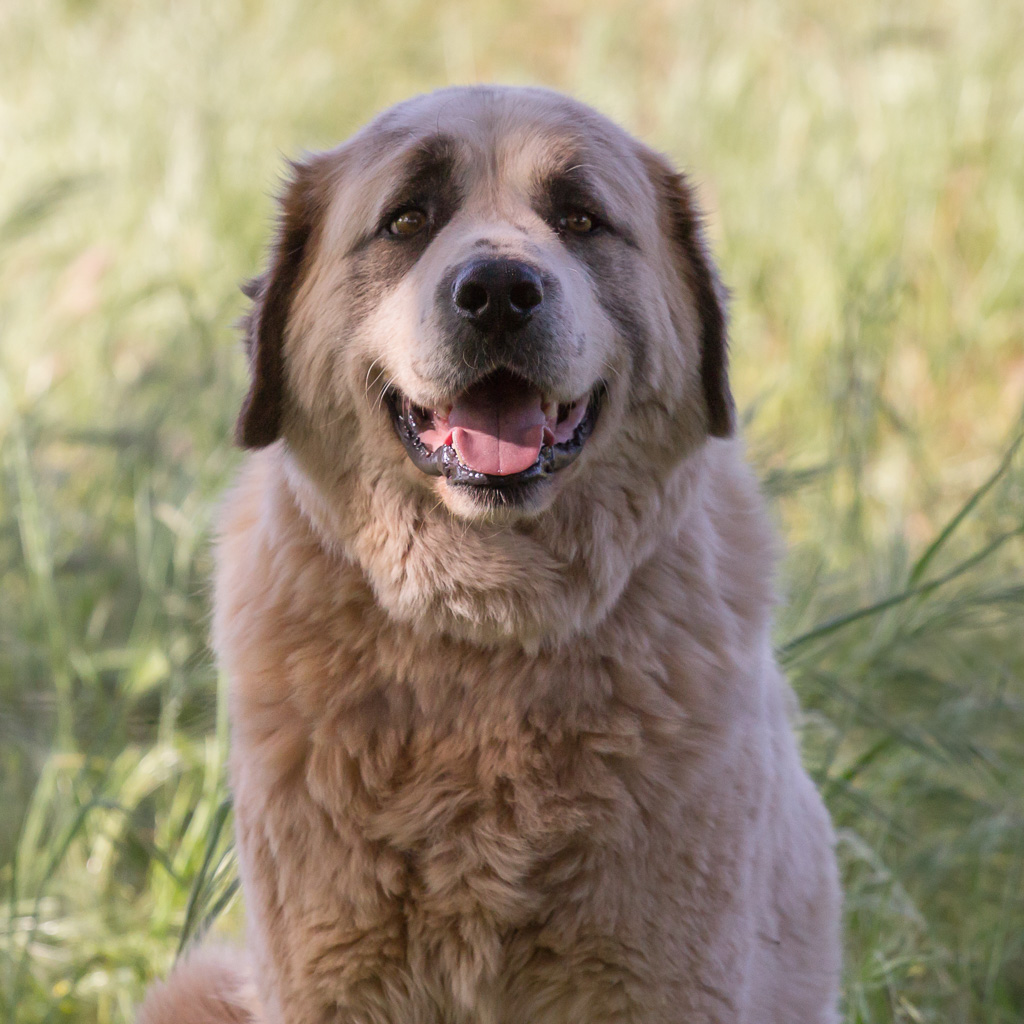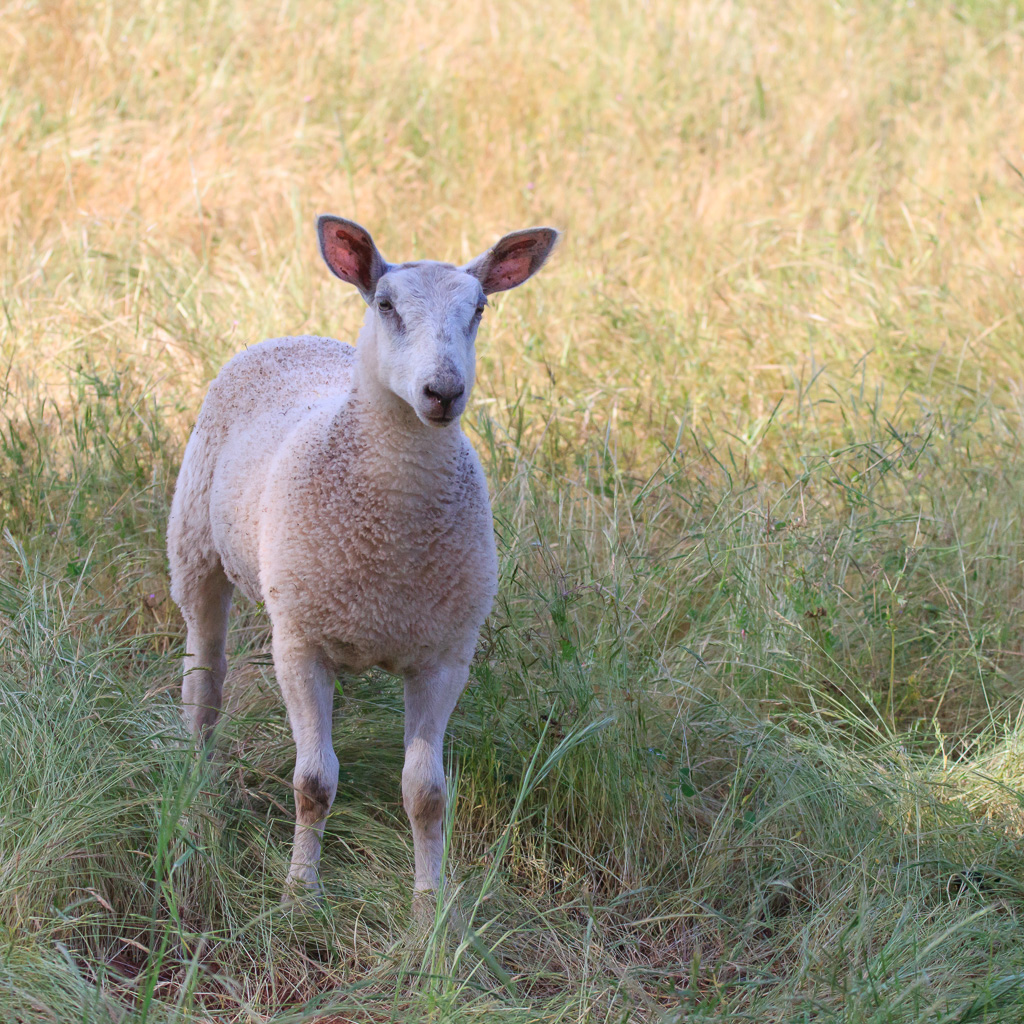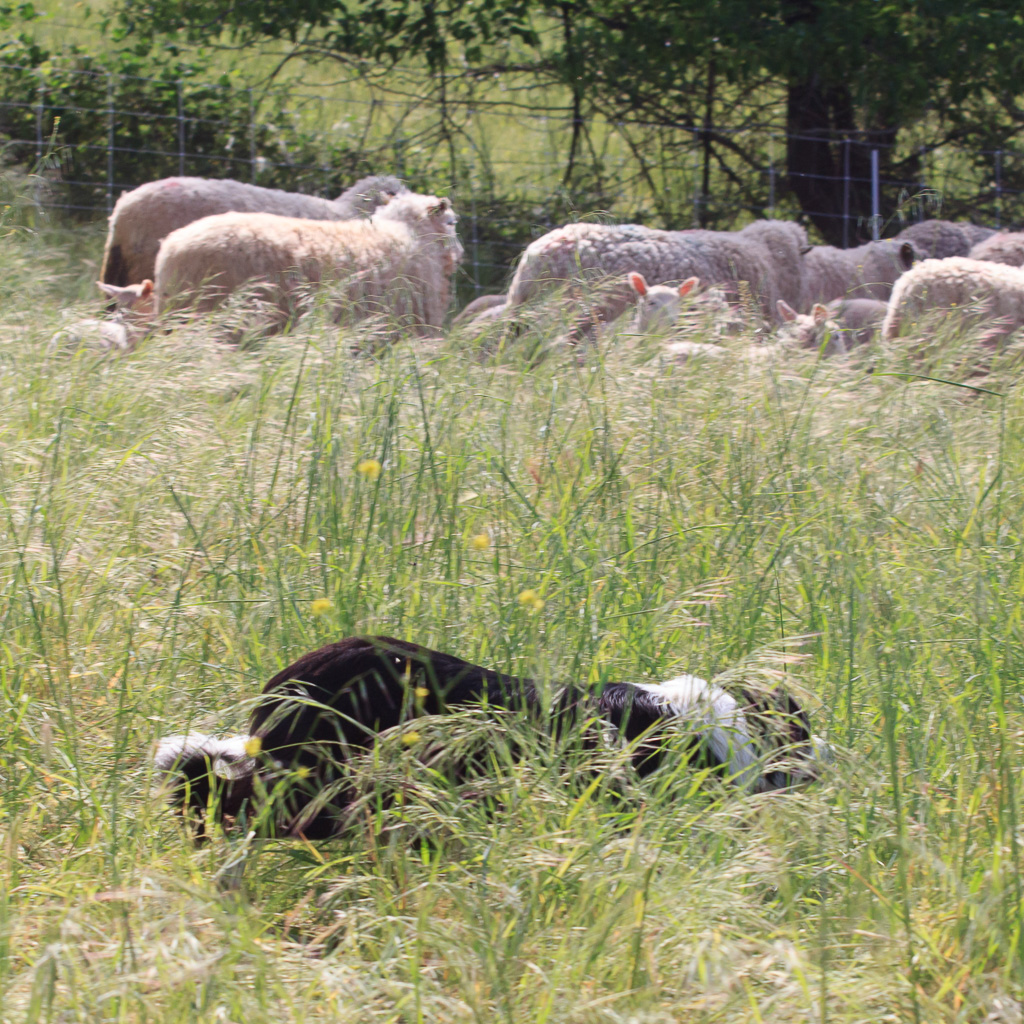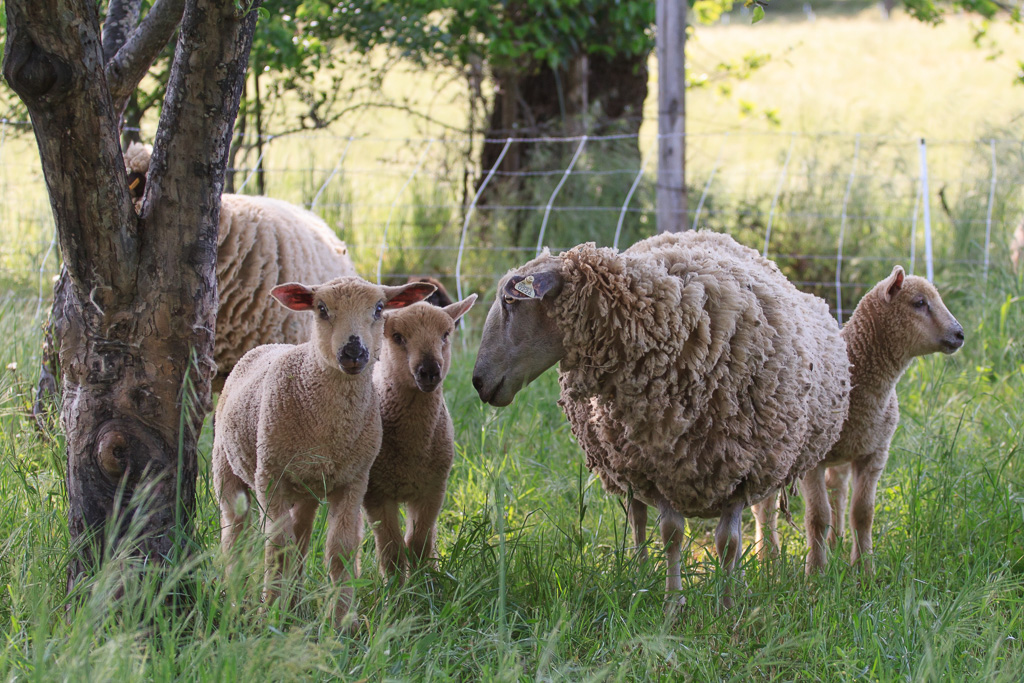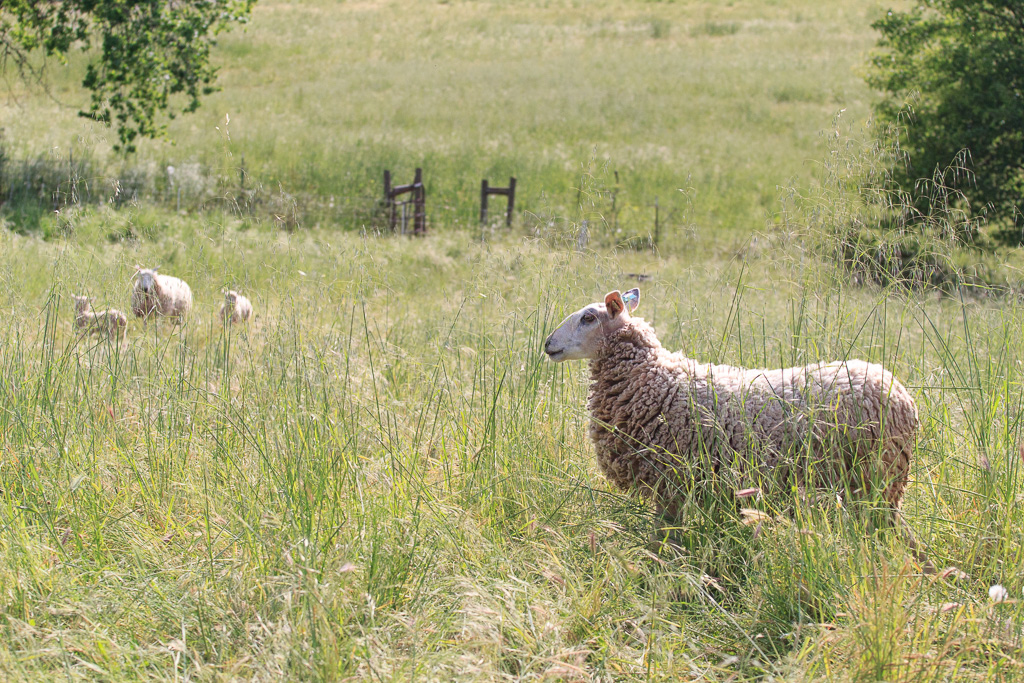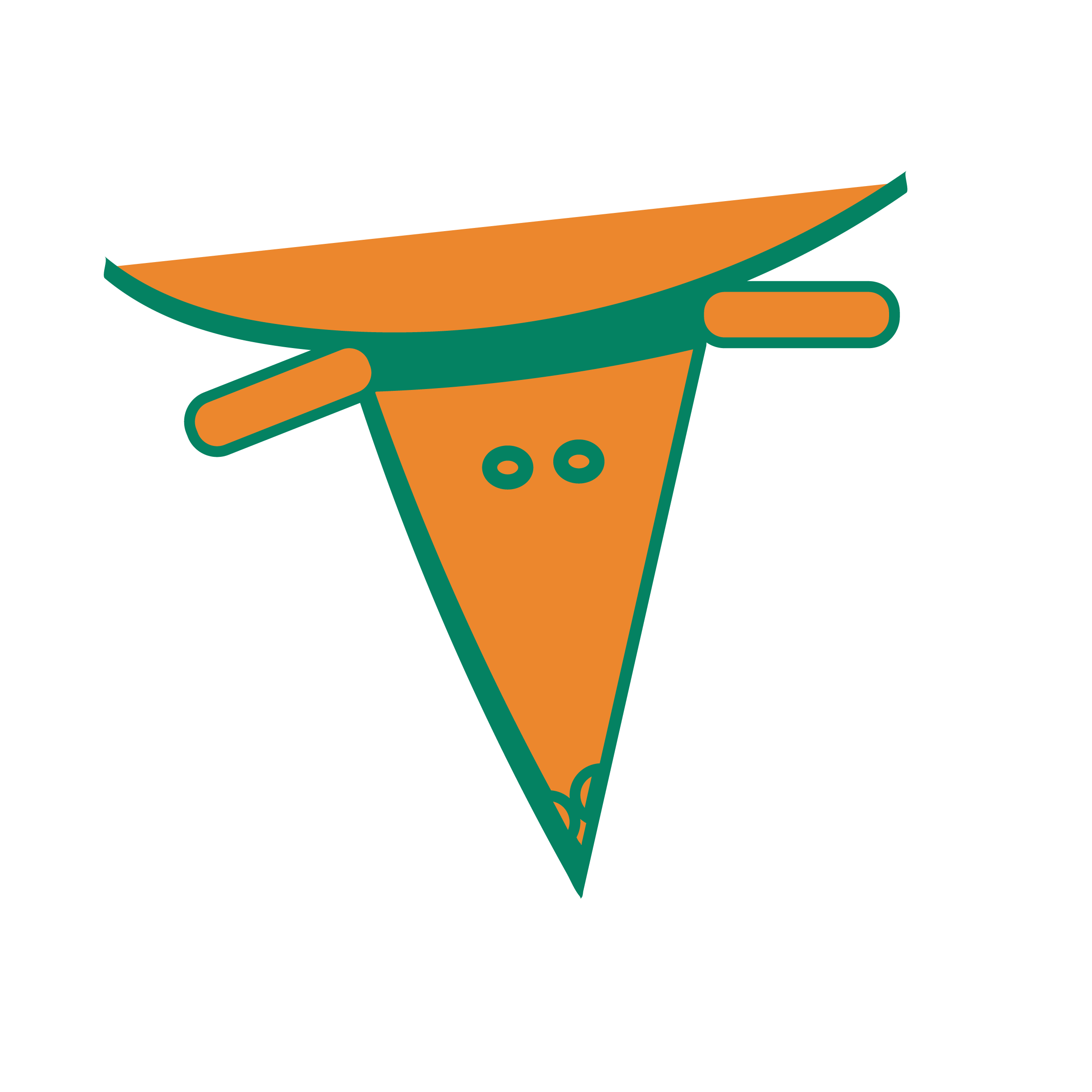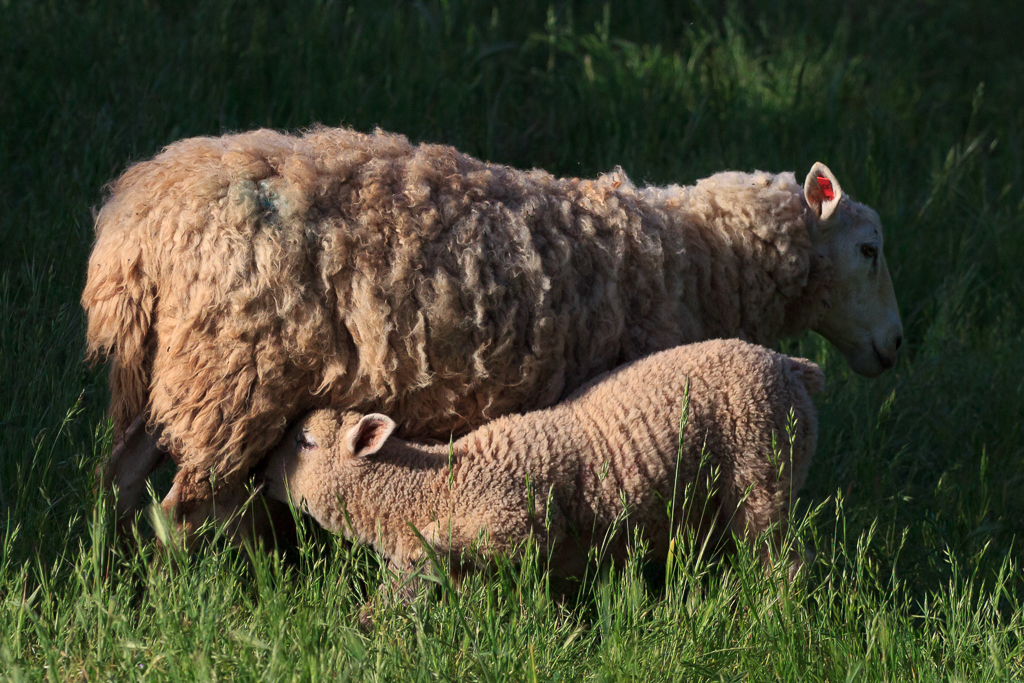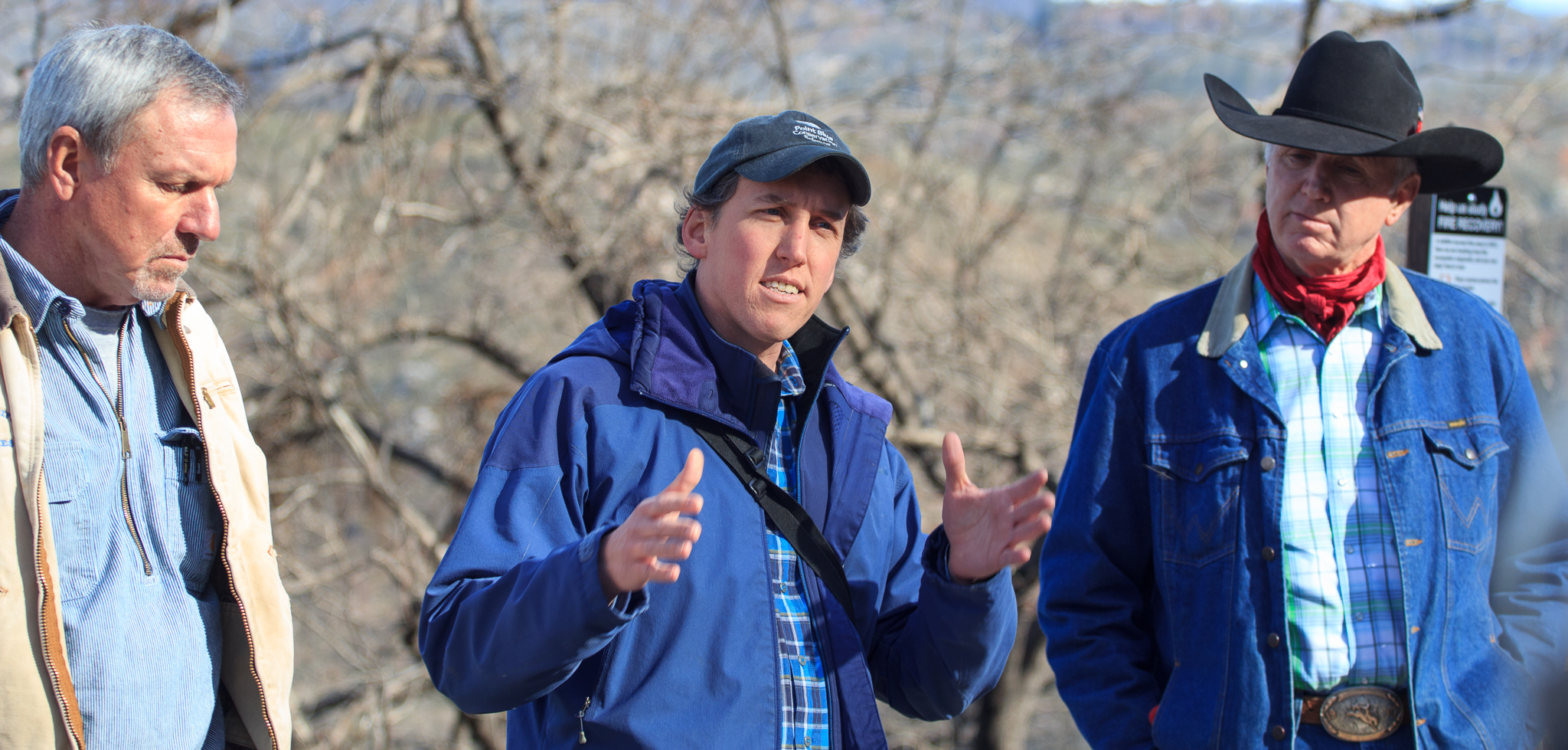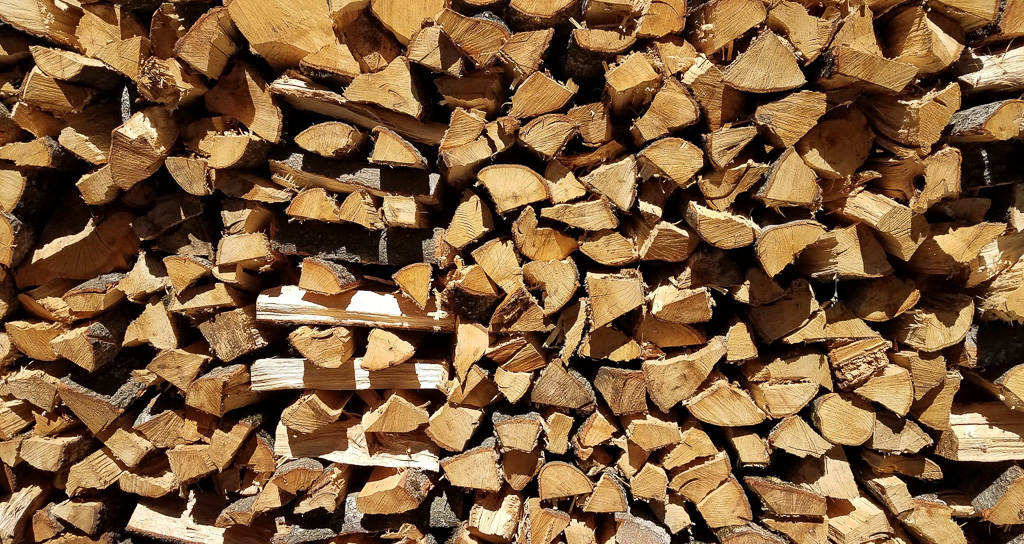When I started writing this blog, I wanted to write about and photograph the things I loved best about California. In doing so I found people that also love and are extremely passionate about what they do. For Earth Day I didn’t want to just write about doing something for one day. While it’s fantastic to join in community clean up efforts, volunteer at a local State or National Park, etc., to really make a difference we need to tread lightly every day. There are many ways to do this, and they differ depending on what part of the state or world you live in. Sustainability is very important to me. I live in an area where water is precious. As the state gets more populated, we lose more and more open space critical for native plants and animals.
I also live in an area with a lot of agriculture. Some people see that as a waste of water. Usually these people don’t realize where their food comes from! 😉 It’s frustrating when people hundreds of miles away think Ag should be cut off, yet they continue to plant non-native, high use plants and splash about in their large swimming pools. But I do jest a bit. Could you grow all the food California produces elsewhere? Yes, but at a large cost. The land in the Central Valley is some of the most fertile in the world. California’s diverse topography and climate allows us to grow pretty much everything. In 2014 California raised over 400 different types of farm products. 400. Together they had a net worth of around $54 Billion – that’s almost 13% of the total for the entire United States, while we are only about 4% of the land size. If you love statistics and charts, then the California Agricultural Production Statistics website is for you! It actually is interesting and well worth browsing around for a bit. It also breaks down the production by county along with interesting statistics and trivia. The county I live in, for example, ranks higher in production dollar value than 20 states, and also is higher than 8 of the lowest producing Ag states combined. And just in my county there are over 230 commodities – everything from almonds to zucchini.
For Earth Day I wanted to write about someone in the agricultural industry – particularly a small farmer or rancher. Partly because they are more approachable, but also because most people think of Ag in California as big corporate farms. They do exist, but there are also large numbers of small scale farms and ranches.
Which is what brings me to Flying Mule Farm.

Dan Macon of the Flying Mule Farms was kind enough to let me come out to his farm to see and photograph him, his sheep and his two canine workers Mo and Reno. If you’d like to get a daily dose of sheep, check out his #Sheep365 project on Instagram. Dan is quite active in the Ag world, as a teacher, mentor, advocate, and practitioner. In addition to managing his flock he also works at the UC Rangelands, an extension of UC Davis.
Now, the first question I had to ask, because I’m nosy, is why is a sheep ranch called the “Flying Mule”. Well there’s two good reasons, they own a couple of equine mules named Boomerang and Frisbee, and also some of the ewes they own are a crossbreed referred to as Mules. An example is to the left of this paragraph – their ears are quite large and mule-like.
While farmers and ranchers are a diverse group of people, the two things most of them have in common is the ability to think long term into the future, as well as long term in the past. Whether you raise crops or livestock you have to be able to look ahead not just a week or month, but years. In the case of livestock, you have to manage herd size to available pasture and water. Good mothers are kept, and highly valued. With livestock that are moved to mountain grazing lands, there is a critical number of veterans that need to be kept to teach the new comers where to find water, forage, and other traits needed to survive. Whether you grow crops or tend livestock, to think long term means living and growing within what the land will support.
In Dan’s case he sees three legs to support the idea of sustainability and being a good steward of the land.
- Ecological – you cannot take more from the land than it has to give. This means, water, nutrients, forage, etc.
- Social – there has to be an interest in what you are producing.
- Economic – you need to earn enough to keep your venture going. Otherwise you won’t be around to care for the land
There are a number of practical, green reasons to raise livestock, especially in the rangeland zones of California (see map ). Before Europeans arrived there were herds of elk and deer grazing this area. They were a vital part of the habitat, maintaining Vernal Pools , maintaining a balance between oak woodlands and open grasslands, and help recycling the carbon from the grasses and small shrubs. Not only does their digestive byproduct (to be polite) help fertilize future plants, but munching on grasses causes the plant to respond by reducing it’s root system – resulting in more carbon in the ground. For clearer and more detailed information on this cycle see this PDF by the UCCE San Louis Obisbo



There are a number of measures employed by Flying Mule Farm to tread as lightly on the earth as possible. First they do not overgraze. Seems obvious, right? Well this is where the ability to learn from history as well as plan for the future comes in handy. Available forage is not a constant. Rainfall – both total and when it rains can affect how well the grass grows. Past grazing history can have an effect, and the types of grass – the amount of native perennial grass vs alien seasonal grasses affect the nutritional value. Extremely dry winters can also lead to ponds drying out and drinking water will need to be supplemented. With the drought, Dan has reduced his herd size to accommodate less water being available. Also his irrigation is gravity fed, it doesn’t require electrical pumps to get the water to the pasture. It’s a little more work to keep clean, but doesn’t add any detrimental environmental impact.

Another way they lessen their impact is to sell locally as much as possible. For consumers to buy locally, someone has to be producing and selling locally! In the case of wool, that means aiming to produce a quality high enough for local weavers to use. Wool quality is affected by breed, breeding, as well as the type of pasture they are in (more grass vs less burr-type plants the better). They have sold meat via Farmer’s Markets but also targeting ethnic holidays where lamb is part of the traditional meal.

When I asked Dan about why he chose to raise sheep, his answer also reflected his thoughts about impact, and long term consequences. They are versatile animals – they can be raised for replenishable resources such as wool and milk, as well as meat. Also their demeanor and smaller size makes them easier to manage, both for adults and younger children. Flying Mule uses movable electric fences such as the ones in the background of the photo below. The low flexible fencing is easy to move around, and has less impact on wild animals while still keeping the sheep safe and where they are supposed to be. Helping with the herding are two dogs – Reno, pictured below, and Mo. They also work as guards keeping the herd safe from coyotes, other dogs, and the occasional eagle.
By keeping the sheep he also helps maintain the natural open grasslands. Because of his proximity to a large urban area, if he had to sell the property there’s a good chance it could be developed into homes. The sheep can coexist with the native flora and fauna, unfortunately housing subdivisions cannot. To supplement his acreage he also leases from neighbors, it’s a win-win for both of them, more grazing pasture for Flying Mule, and natural fuel reduction for the neighbors.

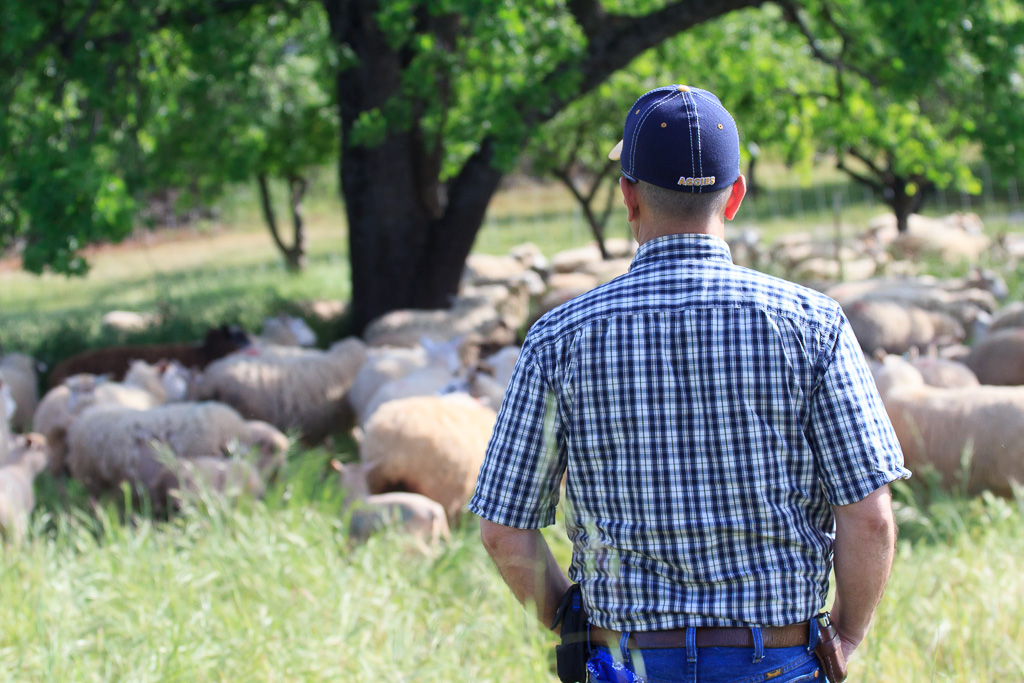
I can’t thank Dan enough for allowing me the opportunity to visit his farm and talk about his approach. It’s always wonderful to talk with someone so passionate about what they do.
If you’re interested in following Dan and the Flying Mule Farm – be sure to readt his blog – http://flyingmule.blogspot.com/ , where he writes about the good, bad and hilarious parts of being a shepherd, and his #sheep365 project on Instagram – https://www.instagram.com/flyingmule/
And as an added bonus, here are a few more photos from my afternoon.
